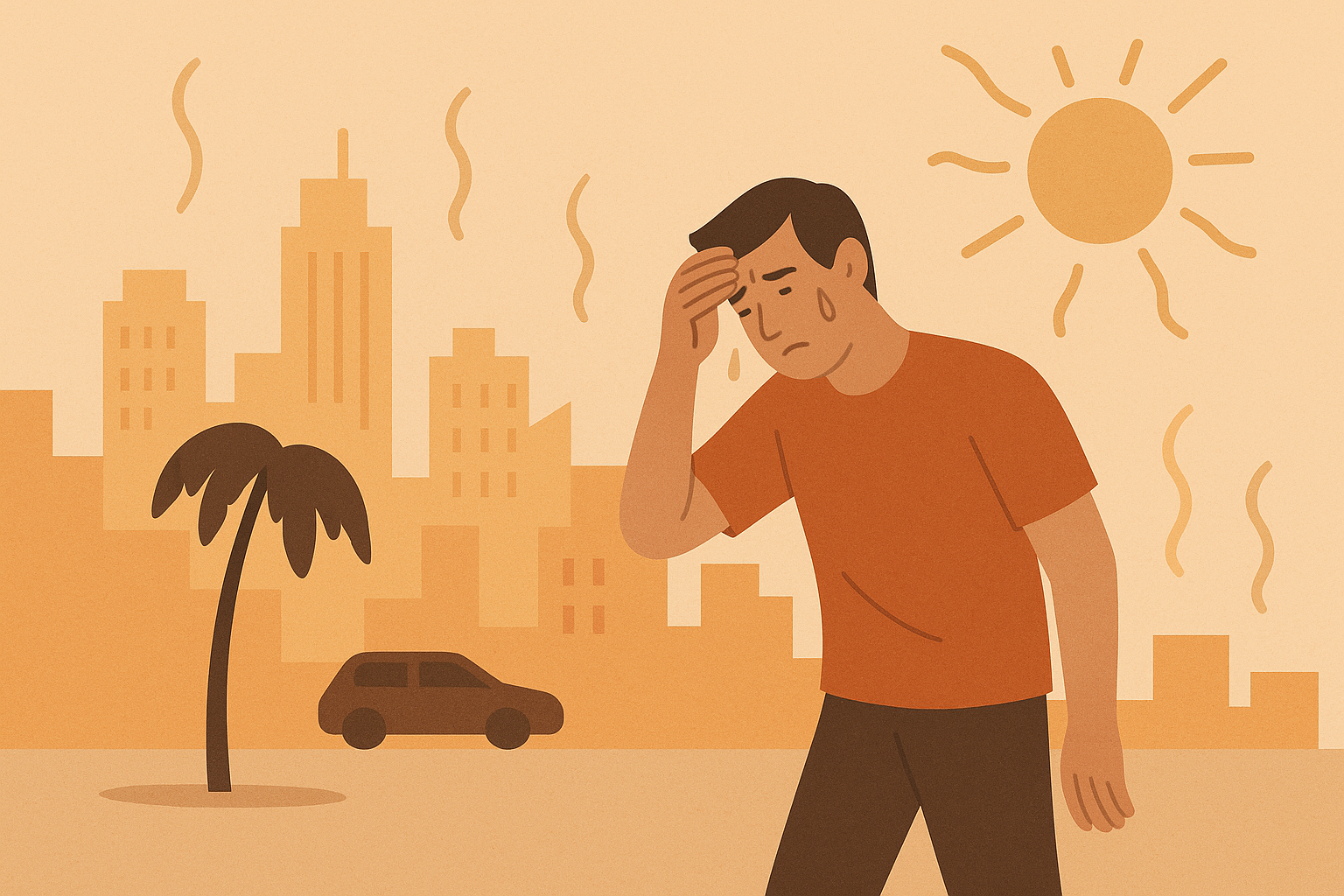This summer, the world is heating up faster than ever before. From Tokyo to Rome, New Delhi to New York, millions are experiencing a relentless wave of extreme temperatures. In many cities, daily records are being shattered, and nighttime offers little relief as heat lingers through the early morning hours.
In Spain, thermometers recently climbed past 45°C (113°F), pushing infrastructure and energy grids to their limits. In the southern United States, “heat dome” conditions have trapped hot air over entire regions, turning cities like Phoenix and Las Vegas into furnaces. Hospitals are reporting a sharp rise in heat-related illnesses, particularly among the elderly and outdoor workers.
Climate scientists aren’t surprised — but they are alarmed. According to the World Meteorological Organization, 2024 was the hottest year on record. And 2025 is on track to exceed it. While heatwaves have always occurred naturally, their frequency and intensity have surged due to rising global temperatures caused by human activity. Carbon emissions, deforestation, and the loss of urban green space are all contributing factors.
One especially troubling aspect of the current crisis is its reach. In previous decades, extreme heat was often concentrated in tropical or desert climates. But now, Scandinavian countries and northern parts of Canada are seeing heat warnings — areas once considered immune. Crops are failing. Rivers are drying. Wildfires are breaking out in places where they were once unheard of.
For everyday people, the impacts are tangible. Schools are closing early. Roads are melting. Flight delays are becoming more frequent due to overheating tarmacs. And for those without access to air conditioning or proper shelter, the heat isn’t just uncomfortable — it’s deadly.
Experts are urging governments to take both immediate and long-term action. On the short-term front, cities are expanding cooling shelters and handing out water. But in the long run, adaptation and prevention are both needed. This means upgrading buildings to withstand high heat, expanding tree canopies in urban areas, and drastically reducing greenhouse gas emissions.
This isn’t just a hot spell — it’s a wake-up call. As the planet warms, heatwaves are likely to become our new normal unless bold action is taken.





